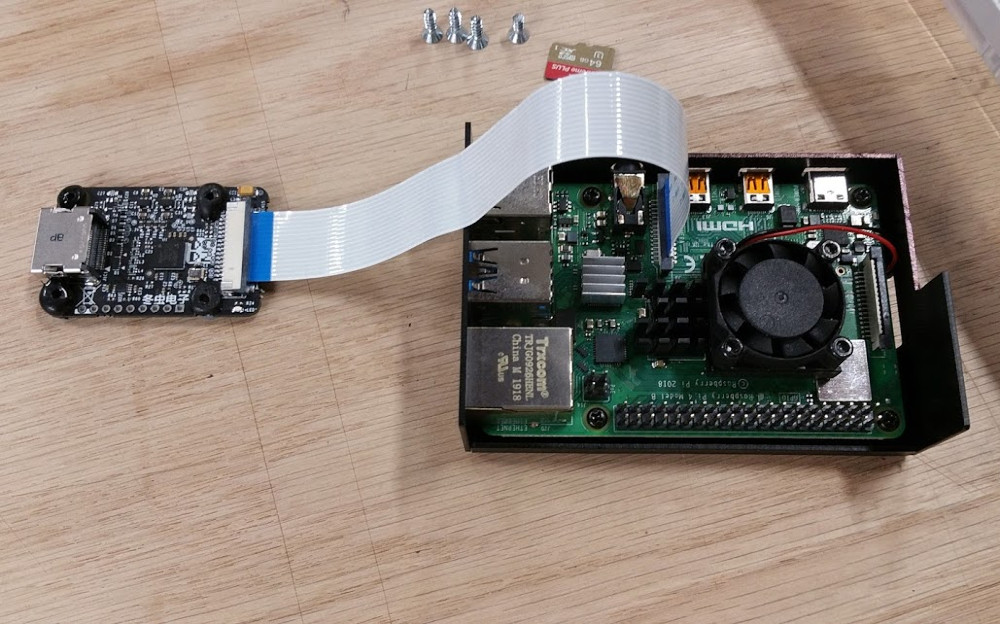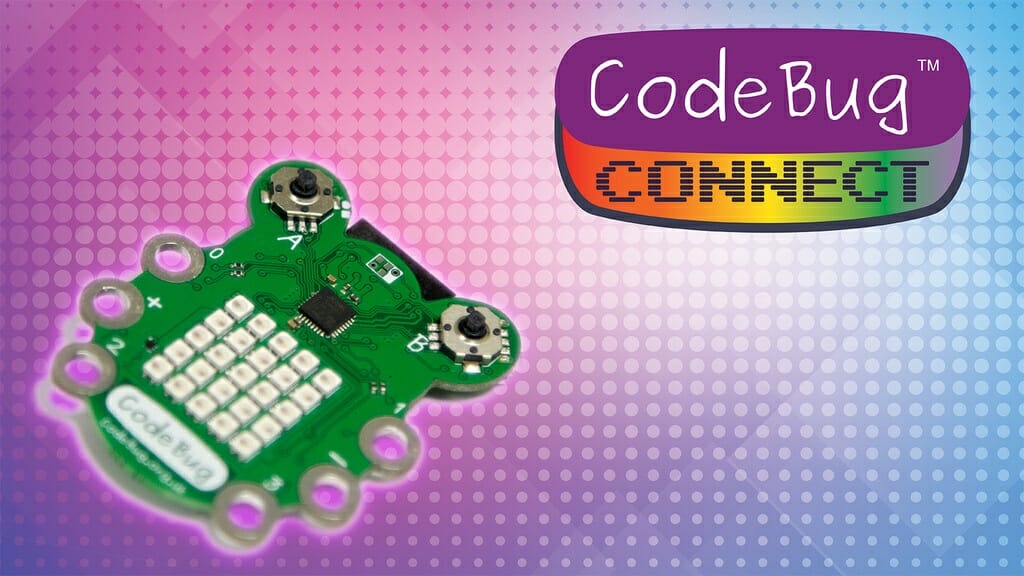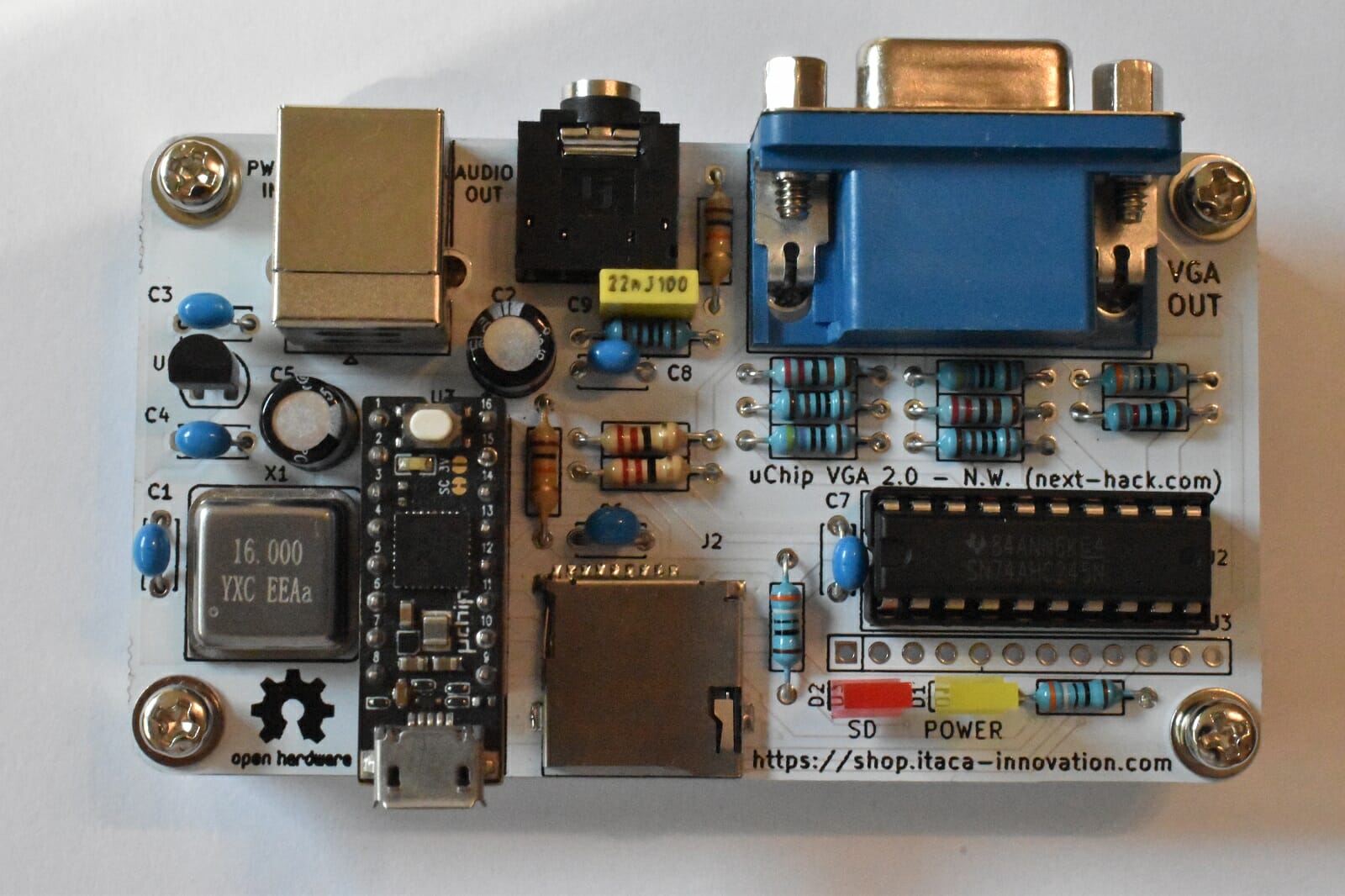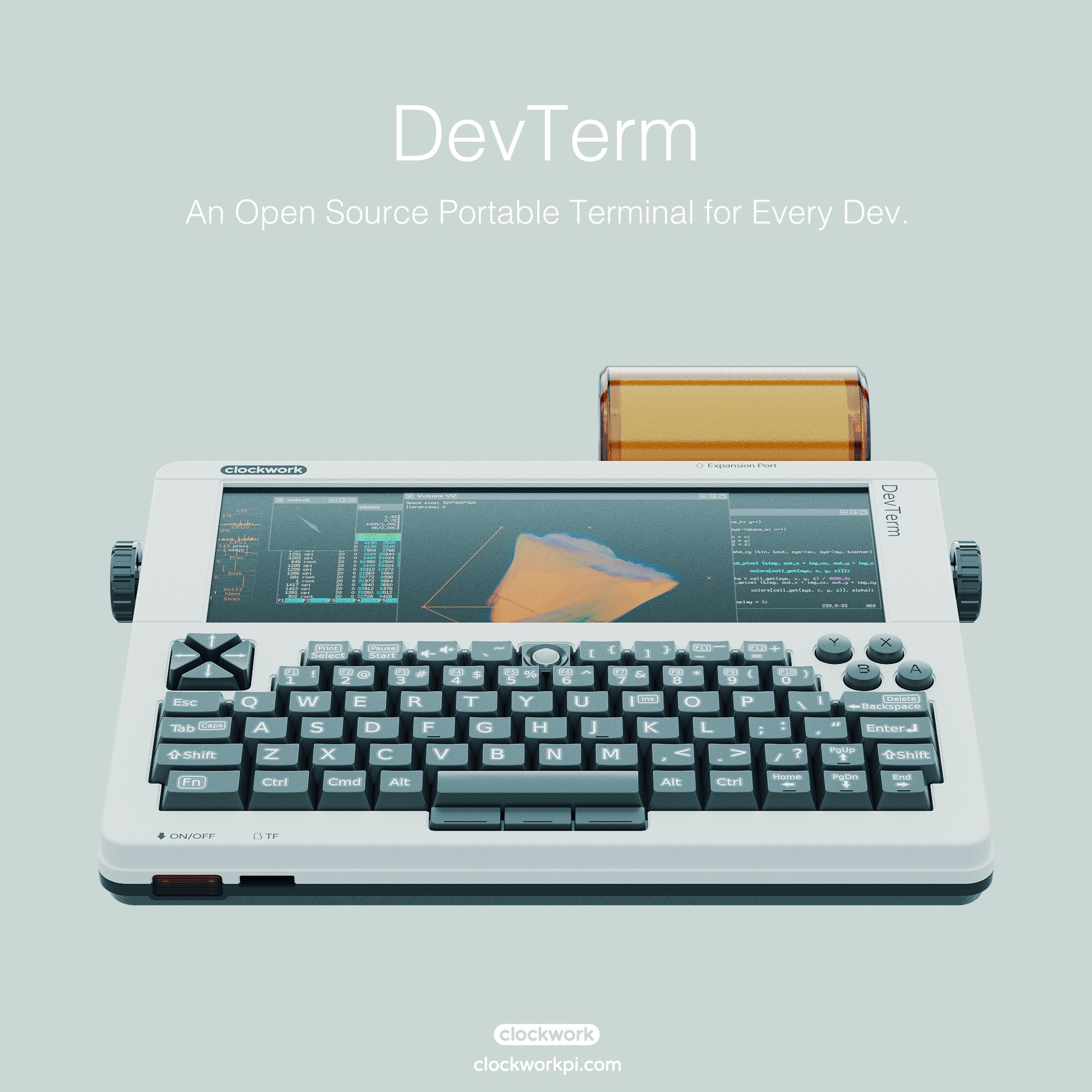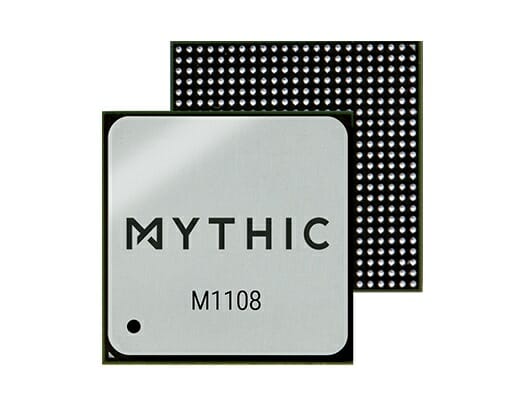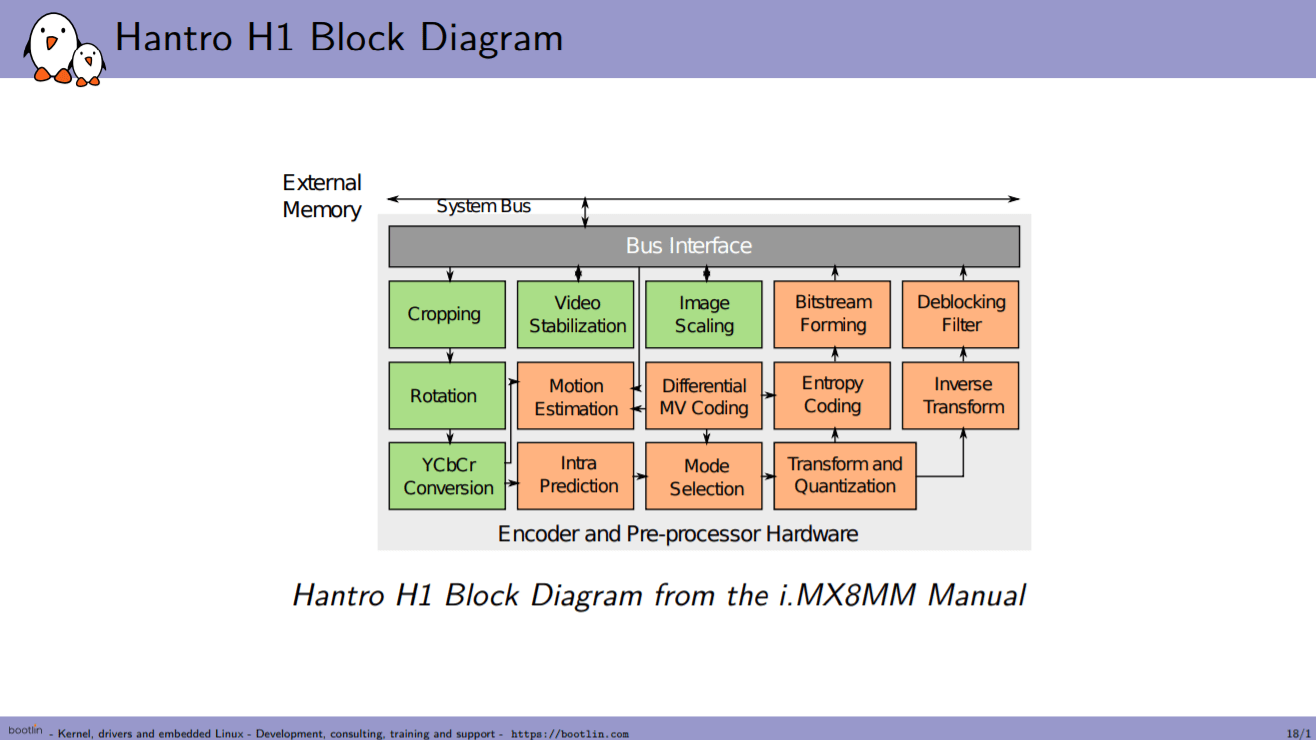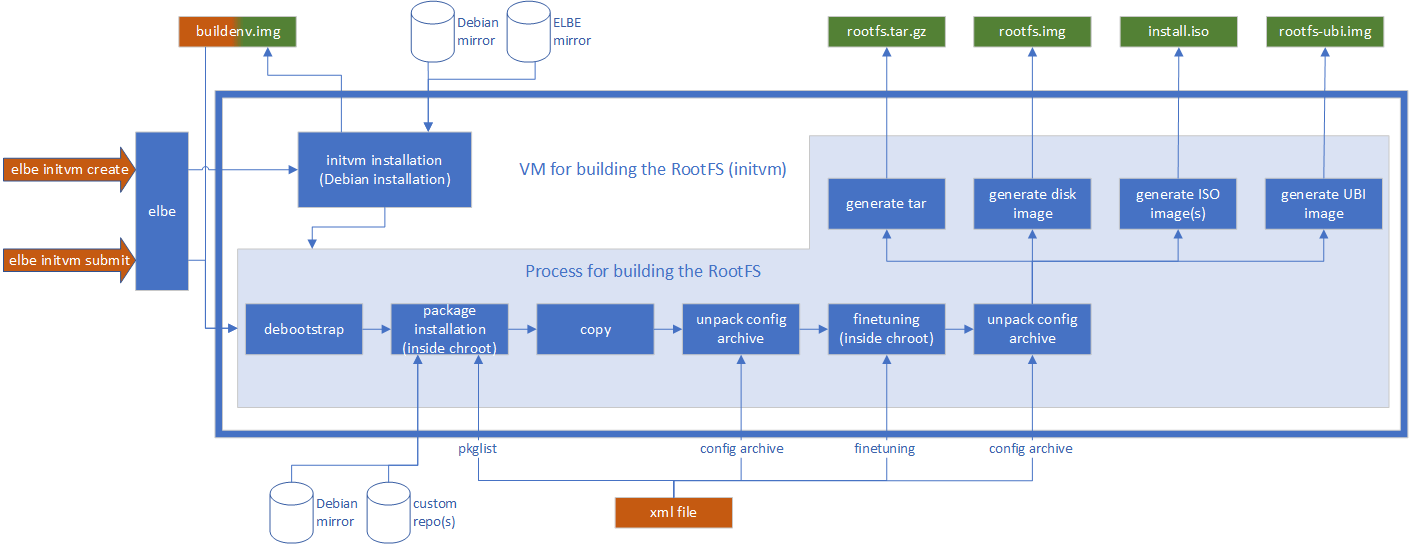Traditional IP-KVM systems may cost you hundreds of dollars. DIY Pi KVM over IP is a very simple and fully functional Raspberry Pi-based KVM over IP that you can make yourself. If you do not know what IP-KVM is, it stands for keyboard, video, and mouse. It allows you to connect to a computer or a server remotely. With this, you can fix problems such as configuring the BIOS or reinstalling the OS using a virtual CD-ROM or flash drive. You can see the v2 example implementation in the above image. Pi-KVM v0 and v2 are ready-made images available for download for Raspberry Pi. You will find all the required hardware in the “Getting Started” section for the v0 and v2 platform for Raspberry Pi. In the figure below you can see the B101 HDMI-to-CSI bridge connected to the Raspberry Pi. The team is working to launch the v3 board […]
M5Paper ESP32 IoT development kit features a 4.7-inch e-Ink touchscreen display
M5Stack has just launched its unique and latest core device with a touchscreen e-Ink display. M5Paper ESP32 IoT Development Kit is a fully programmable microcontroller-based platform that can be an ideal choice for your IoT applications. This low-power device could suit such purposes as an industrial controller or smart weather display. The M5Paper comes with the ESP32-D0WD, the same chip that has powered M5Stack Core2. The e-Ink display supports 16-level grayscale, which provides a great reading experience. The display is a GT911 capacitive touch screen that supports multipoint touch and a variety of gesture controls. M5Paper ESP32 IoT Development Kit Specifications SoC – Espressif ESP32-D0WDQ6-V3 dual-core clocked at 240MHz with 520KB SRAM, Wi-Fi, dual-mode Bluetooth connectivity. Memory/storage – 16 MB of flash memory along with 8 MB of PSRAM. Antenna – 2.4GHz 3D antenna. Display – GT911 capacitive touch screen with 960×540 resolution (IT8951 driver) along with 4.7″ e-Ink display, […]
CodeBug Connect IoT development board is designed for young makers (Crowdfunding)
In 2015, a UK-based team launched a mini IoT development board called CodeBug. The same team has now come up with the CodeBug Connect IoT Development Board. CodeBug Connect is a new wearable micro-computer that brings IoT to everyone and aimed at educators and young makers. Upgrade to the original CodeBug This comes as an upgrade to the original CodeBug. The new development board retains its original cuteness and petite proportions but adds full color to the grid of 5×5 LEDs. The original buttons have been upgraded to mini joysticks, making them more suitable for games. The touch-sensitive, croc-clip connectors ‘legs’ that serve as I/O pins remain, as does the 0.1” header socket. “This year has shown our reliance on connected technology — with CodeBug Connect we wanted to make this technology accessible so everyone can build their own IoT devices and no one is left behind. The technology in […]
uSVC Arduino VGA board – a portable and programmable retro-gaming console (crowdfunding)
Itaca Innovation previously launched uChip, an Arduino-compatible board that has a Cortex M0+ MCU that features 0.3” spacing between rows. Now, next-hack joined Itaca Innovation to come up with an expansion board for uChip. The uChip Simple VGA Console (uSVC) Arduino based retro-gaming console is open hardware and is a programmable console. It will allow creating and playing retro “9-bit” games with standard USB controllers and keyboards. You will get one uChip (pre-soldered) and the uSVC game loader pre-programmed, a PCB with a pre-soldered SMD MicroSD card reader. It also includes all of the components needed to build your uSVC, and Bill of Material (BOM) and assembly drawings will also be provided. uSVC Specifications uChip is the heart of uSVC (48 x 86 x 17 mm), with a Microchip SAMD21 Arm Cortex-M0+ MCU clocked @ 48 MHz (Arduino Zero compatible). A VGA output of 57 Hz vertical frequency, 30 kHz […]
DevTerm with ClockworkPi v3.14: a modular, portable computer
After the launch of ClockworkPi GameShell in Q4 2018, now ClockworkPi has come with yet another exciting product. DevTerm is a portable computer that comes with a 6.8-inch IPS screen, a keyboard with 67 keys, and a battery module, all connected to ClockworkPi v3.14 carrier board and a choice of core modules. It will also come with an optional built-in thermal printer. ClockworkPi v3.14 Mainboard and the Core boards The mainboard ClockworkPi v3.14 uses a compact design and comes with a reduced size of 95x77mm. With a modular design, it gives you a choice of “core board” modules for various applications. Moreover, ClockworkPi v3.14 is now compatible with the Raspberry Pi CM3 series, which means that your work on the Raspberry Pi can be “teleported” to a portable terminal without hassle. It has integrated 5GHz WIFI (802.11ac) and Bluetooth 5.0 which makes it suitable for wireless communication applications as well. […]
M1108 AI accelerator chip delivers up to 35 TOPS for high-end edge AI applications
Last week, Mythic announced a breakthrough with compute-in-memory technology based on a 40 nm process with what the company claims to be the industry’s first Analog Matrix Processor. The M1108 AMP AI accelerator chip targets high-end edge AI applications including smart home, AR/VR, drones, and is said to set a benchmark in the industry for high performance and low power in a single cost-effective device, also available in M.2 and PCIe form factors. The M1108 comes with an array of flash cells, ADCs, a 32-bit RISC-V nano-processor, a SIMD vector engine, SRAM, and a high-throughput Network-on-Chip (NOC) router. With 108 AMP tiles, the M1108 provides up to 35 Trillion-Operations-per-Second (TOPS) enabling ResNet-50 at up to 870 fps. This enables a power-efficient execution of complex AI models such as ResNet-50, YOLOv3, and OpenPose Body25. The industry leader NVIDIA also has a similar AI accelerator chip NVIDIA Xavier AGX which delivers up […]
Hantro H1 hardware accelerated video encoding support in mainline Linux
With the increasing need for video encoding, there are some breakthrough developments in hardware-accelerated video encoding for Linux. Bootlin has been working on the implementation of Hantro H1 hardware accelerated video encoding to support H.264 encoding on Linux which follows the company’s work on the previously-released open-source VPU driver for Allwinner processors. Hantro H1 Hardware Hantro H1 is a common hardware H.264 encoder, it can also do VP8 and JPEG. It is found in a few ARM SoCs including a lot of Rockchip (RK3288, RK3328, RK3399, PX30, RK1808) and NXP (i.MX 8M Mini). Depending on the version, it can support up to 1080p at 30 or 60 fps. Here we can see different blocks used for encoding. Hantro H1 is a stateless hardware implementation which means it has no microcontroller or firmware running. As can be seen in the diagram, it has a pre-processor that can do things like cropping, […]
ELBE is a simpler alternative to Yocto/OpenEmbedded and Buildroot
To support embedded design, there are several options when it comes to choosing an operating system (OS). Some of the traditional approaches to building custom Linux systems is to use built systems such as Yocto/OpenEmbedded or Buildroot. The options available for system integration include building everything manually, binary distributions (Debian, Ubuntu, Fedora, etc.), and build systems (Buildroot, Yocto, PTXdist, etc.). The major drawback of build systems is that they are not as easy as a binary distribution and also the build time is more. Why was ELBE born? In the early days, the embedded devices had 4MiB flash and 16MiB of RAM. With these specifications, people started to hack a root file system for their devices. But in some cases, they had to start with building a cross-toolchain first. For this, tools like OpenEmbedded, Buildroot are good as long as they are well maintained. For this, a lot of libraries […]


